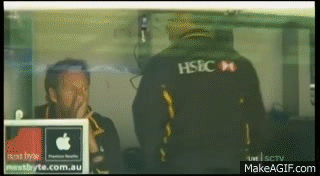Mogwai
Club Legend
- Dec 14, 2012
- 1,972
- 4,595
- AFL Club
- Richmond
- Other Teams
- Liverpool, Central Coast Mariners
I want a thread purely dedicated to this. I have been replying to too many posters who grab this incredibly misleading stat and say that it is a worry.

NO, IT IS NOT A WORRY STOP IT.
Hopefully I can carve up a few examples over the weekend.
Main gist: let them dump it out, Broad Grimes Rance Astbury can clean it up.

NO, IT IS NOT A WORRY STOP IT.
Hopefully I can carve up a few examples over the weekend.
Main gist: let them dump it out, Broad Grimes Rance Astbury can clean it up.







